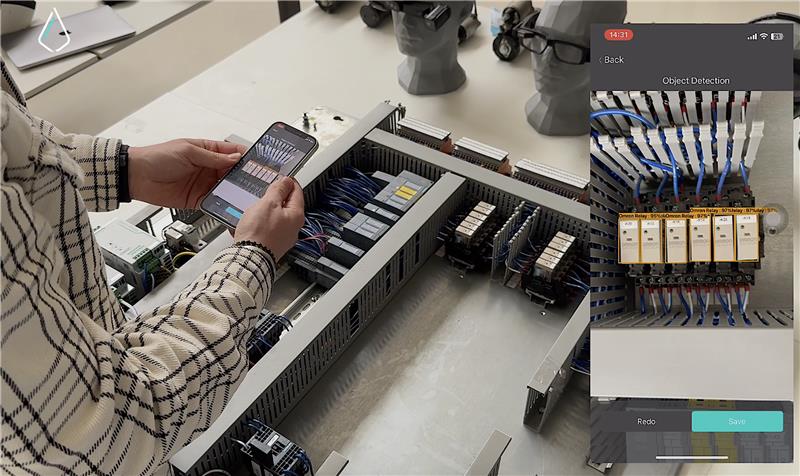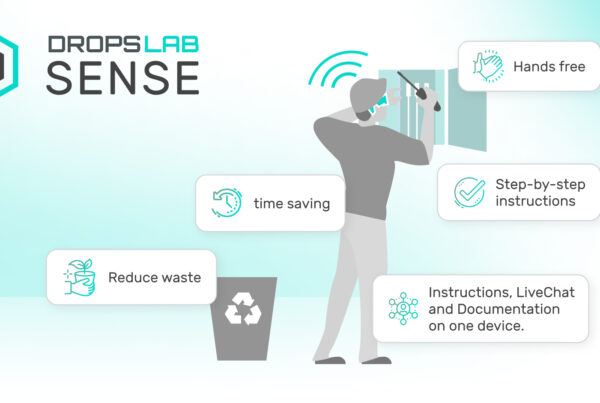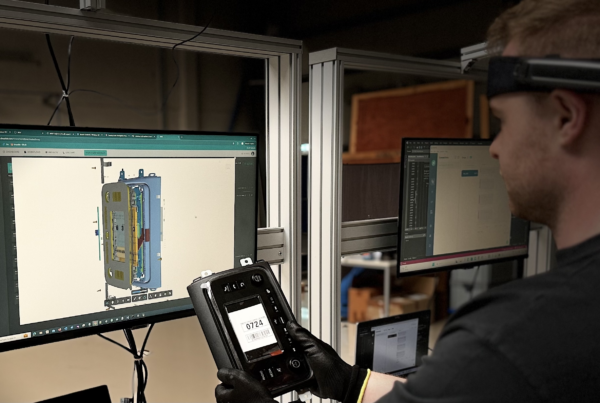Smart Tags and Workflow Management
In workflow management, tags are automated labels or identifiers that help categorise and organise information within a workflow. Industries across Europe have been investing in digital transformation to reduce waste, save cost and add value to the production processes. Tags is one of the tools to help these industries do all of the above.
Here in this blog, we shall help you understand tags or smart tags. By the end of the blog, you shall be in the position to find out if this is what’s missing in the digital transformation and workflow management in your company. Should you have any questions, feel free to reach out to Droplsab.
How do these tags function?
It uses metadata to classify documents, tasks, or data based on specific attributes. So, how does it help? It allows teams to locate information more quickly, automate certain processes, and improve overall efficiency. For example, in a document approval workflow, smart tags could automatically tag documents by priority, department, or project type, reducing manual sorting and minimising errors.
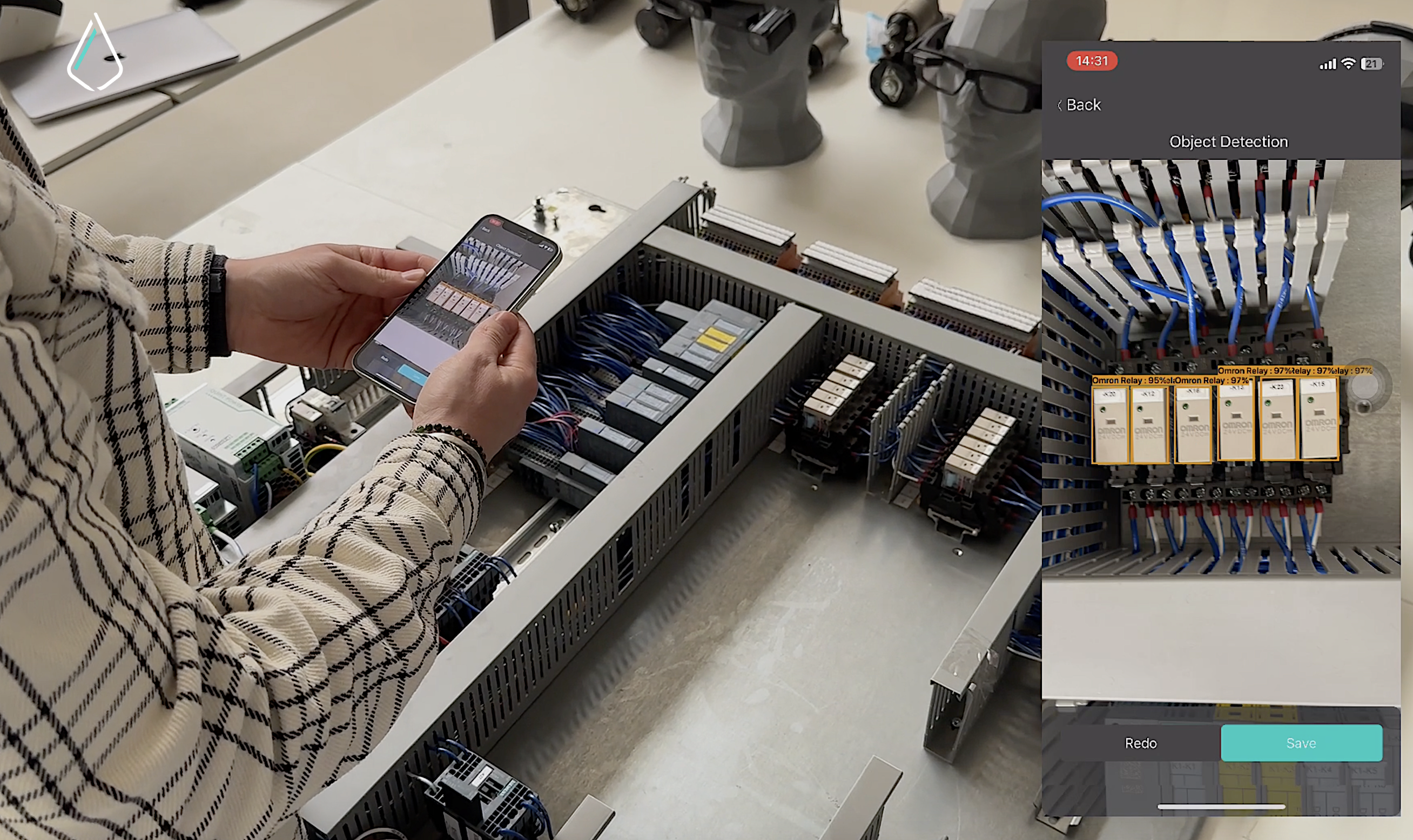
Key Benefits of Tags for European Industries
Tags come handy in industries like manufacturing, healthcare and finance. Basically, if the industry requires a higher compliance and accuracy, smart tags are helpful. Let us now explore the benefits of smart tags further, in the section below:
1. Enables Enhanced Efficiency and Accuracy
Automated tagging reduces human error and speeds up data management. Thereby, allowing employees to access information within a few clicks. This results in enhanced efficiency and accuracy in workflow.
2. Facilitates Scalability
As organisations grow in size, operation becomes complex. Managing information manually becomes increasingly challenging. Here, tags allow businesses to scale their workflows efficiently, accommodating higher volumes of data with easy accessibility.
3. Helps in Object Detection
These tags also support barcode and QR code scanning and object detection to assist factory workers in real time. By providing direct access to relevant information and insights, these tags assist industrial workers to make informed decisions and reduce errors. These tags are suitable for any industry whether it is healthcare, manufacturing, logistics, or other, these can be easily used to make your work more managed and productive.
4. Makes Adding Media Easy
Using smart tags, workers can upload videos and images directly onto the platform. This streamlines workflow and helps workers follow instructions without having to manually operate the system.
Best Practices in Implementing Smart Tags
Here are some best practices of using tags. Implementing these strategies would ensure that smart tags are being used to its maximum potential:
1. Define Clear Tagging Criteria
Identify and prioritise tagging criteria based on business needs, such as project type, system requirements, or system parts and so on.
2. Leverage AI-Powered Tagging
AI-driven smart tagging solutions have the potential to adapt to new data, offering high accuracy and relevance. Machine learning algorithms can help tags evolve with changing business needs, making them increasingly effective over time.
3. Regularly Review and Update Tags
Workflows and priorities for a company may change with time. Hence, it is essential to review tagging systems from time to time. Auditing tags for accuracy and consistency ensures they remain effective as the organisation grows and changes.
4. Invest in Training
Provide employees with training on the tagging system, helping them understand the purpose and application of smart tags in workflows. This ensures that the team utilises tags effectively and becomes efficient in their job roles.
How Smart Tags Help Workflow in Manufacturing and Energy Sector
The manufacturing and energy sector across Europe uses smart tags to streamline quality control. Every component is tagged based on production stage, part number, and quality checks. This tagging system has reduced error rates and improved traceability across the supply chain, enhancing overall production efficiency. For example, smart tags developed by Dropslab have helped EON, Siemens Energy and ZF Friedrichshafen with improved efficiency.
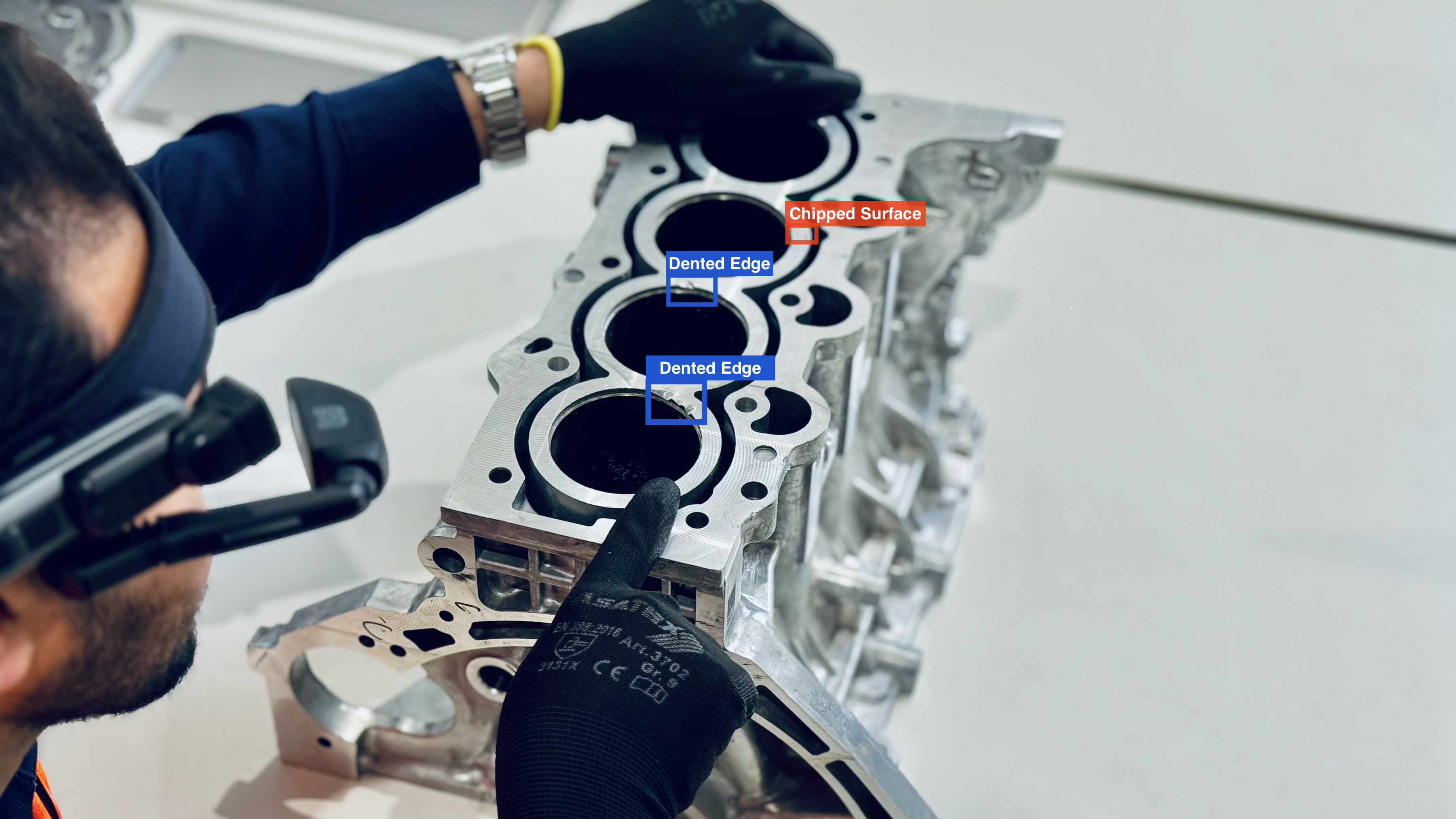
Conclusion
Smart tags are transforming the way European businesses manage their workflows, offering enhanced accuracy, and scalability. For companies in Germany, Luxembourg, and beyond, investing in smart tags can streamline operations, improve cross-border collaboration. As the technology advances, smart tags will continue to empower organisations to meet the demands of an increasingly digital and regulated market, paving the way for a more efficient, automated future.
FAQ's
Q1. What are smart tags in workflow management?
The tags are automated labels that categorise and organise data within workflows, helping teams quickly locate information, automate tasks, and improve efficiency.
Q2. How do smart tags benefit industries in Europe?
They provide enhanced efficiency, accuracy, and scalability, especially useful in sectors like manufacturing, healthcare, and finance.
Q3. Can smart tags support object detection?
Yes, they facilitate object detection with barcode and QR code scanning, assisting industrial workers in accessing relevant data and insights.
Q4. What are the best practices for implementing smart tags?
Define clear tagging criteria, use AI-powered tagging, regularly review tags, and provide training for effective use.
Q5. How do smart tags improve workflows in the manufacturing and energy sectors?
In manufacturing and energy, smart tags streamline quality control and enhance traceability, reducing errors and increasing productivity.
Q6. What future developments are expected for tags?
With advancements in AI, smart tags will enhance automation, upgrade accuracy, and foster adaptability in digital workflows across industries.
